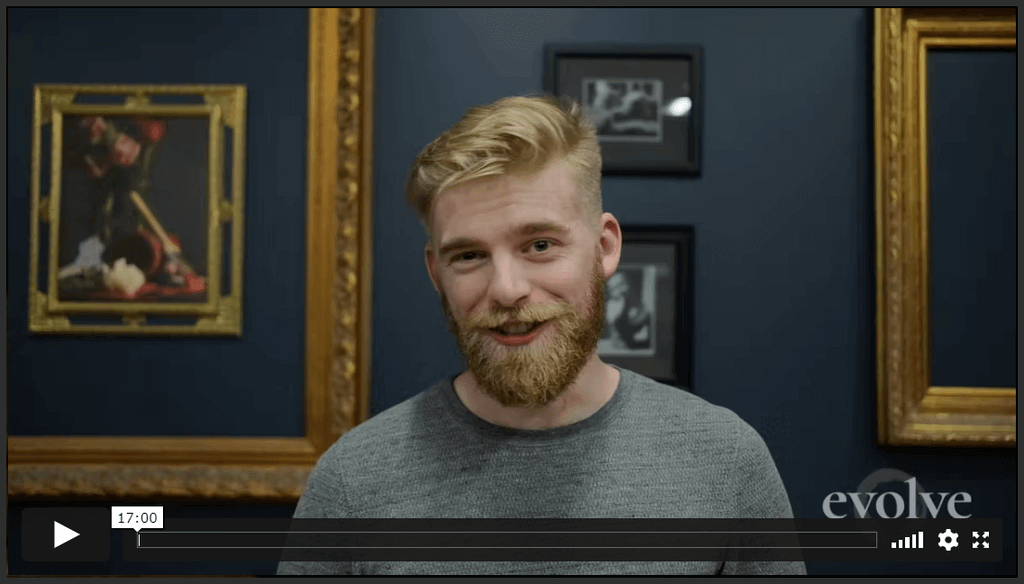Why art Education needs Rules
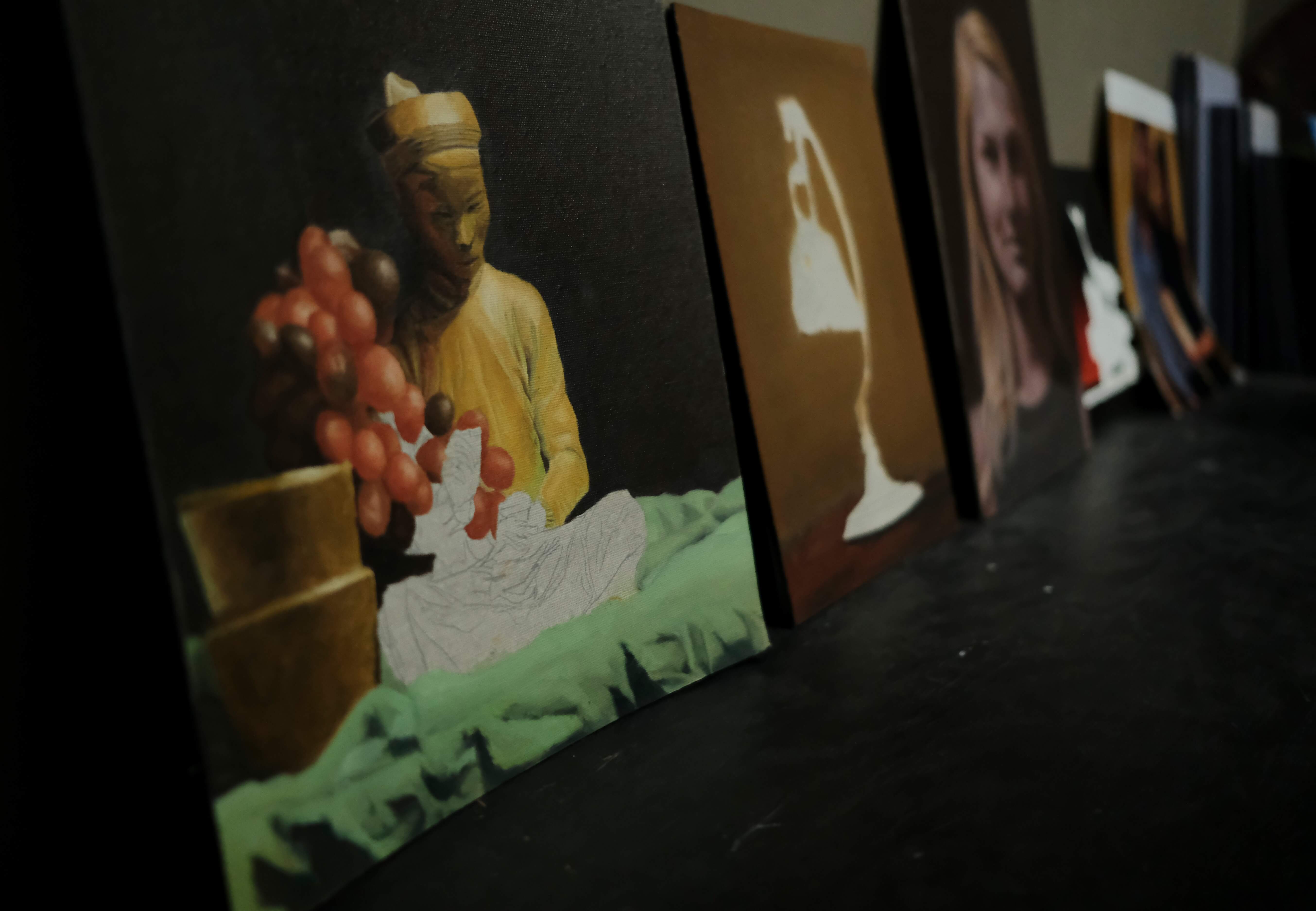
More...
"Rules are not necessary for painting. Rules are necessary for learning"
Education requires rules, and art education is no different.
Many people believe that art requires only creativity and no boundaries, but in reality, this approach to education does not work for most students.
Rules and boundaries in any education prove essential. They teach students to carefully consider the realities of what they are seeing and doing. By breaking down education into small manageable pieces with concrete boundaries, true learning and understanding occurs.
Once you know the rules of what you are learning, then they can act as guides. They become the information you use to achieve the desired effect in whatever you are doing.
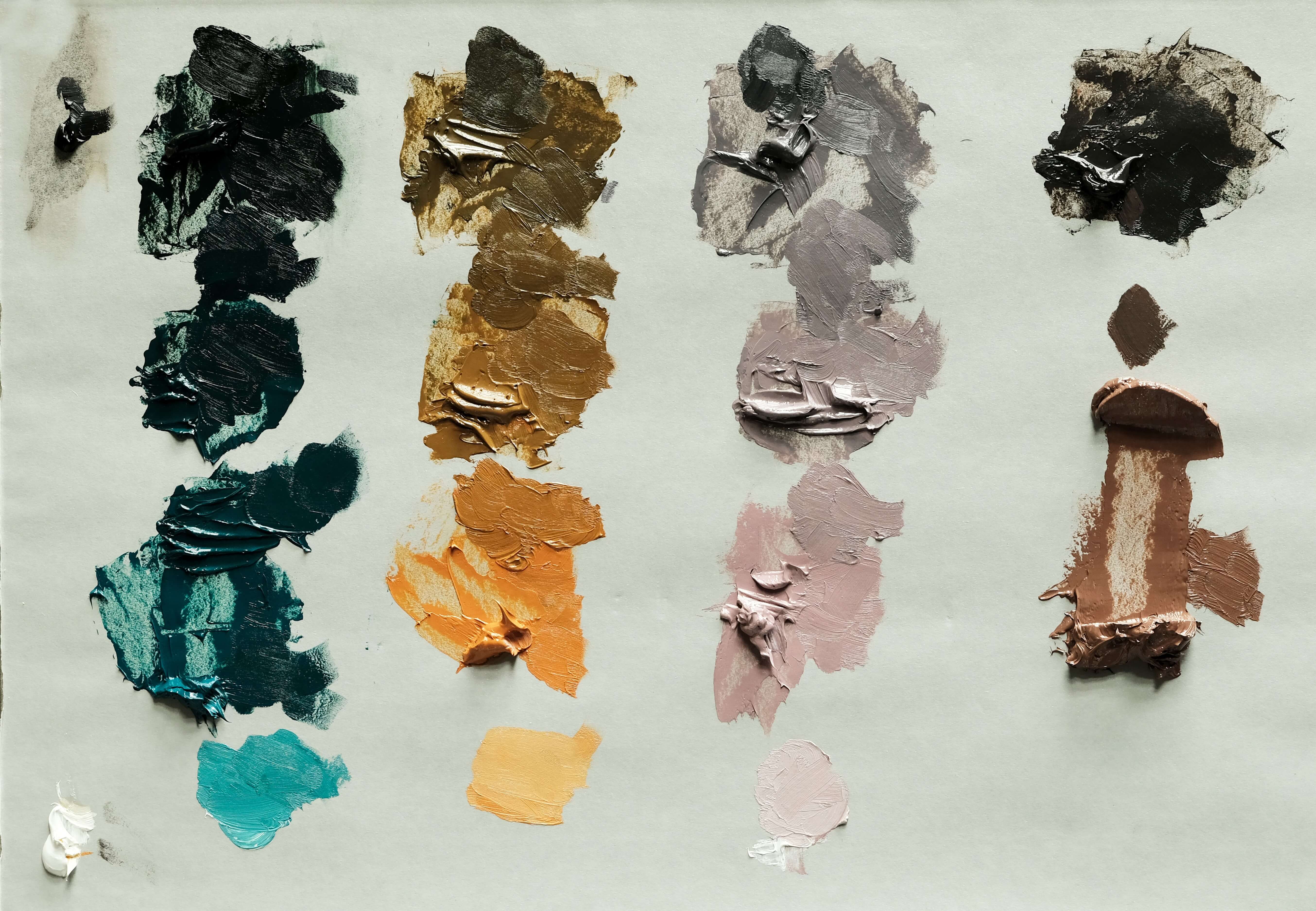
Evolve students follow a set of carefully made guidelines throughout their education, adhering to boundaries even on their palette paper.
The Purpose of Rules in Art Education
When we learn, we treat rules kind of like bumpers on a bowling alley. You put up these bumpers and they keep you in the lane, guiding your ball towards the pins. You still have to get the bowling ball into the lane, but the bumpers keep you on a safe course.
Without the bumpers, you have less chance of success. Your bowling ball may go into the gutter and never reach the pins at all. Or, even worse, it may fly out of your lane entirely.
And that’s what rules do in art education. They create boundaries to keep you safe and on the right course. With so many techniques and materials, unleashing a student on the entirety of art would be completely baffling.
But by starting with manageable rules to follow and a clear, concise education, these boundaries guide students to learn the fundamentals methodically.
At some point, you outgrow those rules. You understand why they exist, and now you can work and make sense of the things around you.
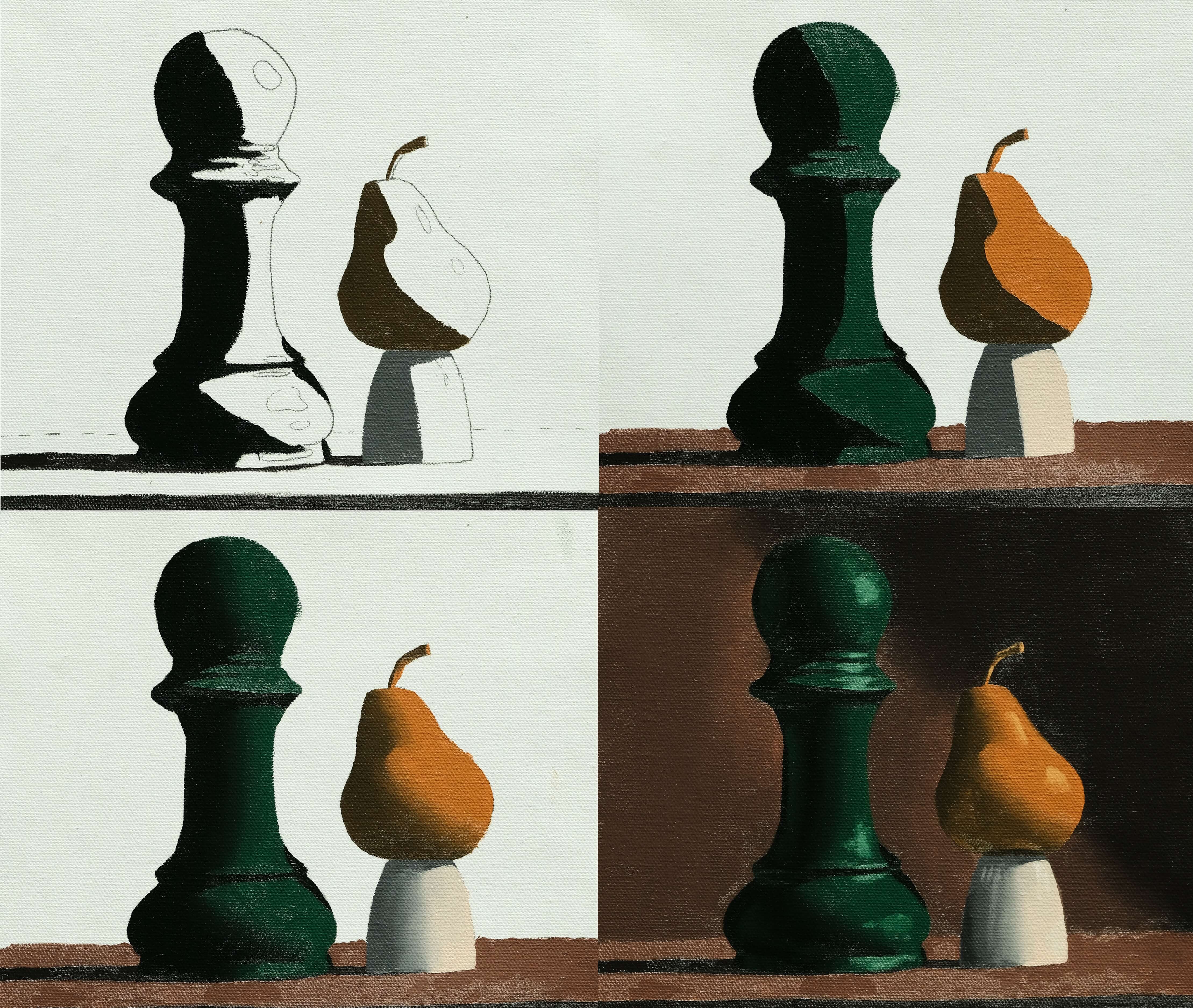
An example of the Evolve Block 3 painting process. Students first lay in color shadows, followed by color lights. Then the students handle edges, followed by reflections, highlights, and finishing touches. These guidelines keep students on track.
Rules Teach Students How to See
When students first learn, they do not know how to see or what they are looking at. Rules help students to make sense of what they see because rules constrain what they are allowed to do.
I had a student come to my school who was left frustrated by her lack of education in a college program. She was told to draw a figure from life, but struggled to make anything that resembled the figure she saw. She asked question after question, but was told again and again to simply draw what she saw. The problem was, she did not know what she was looking at or looking for.
Students, whether they know it or not, need rules and boundaries in order to learn. For example, if you have a set of rules in place for how you have to apply the paint, this will force you to think about what you are looking at. You must break things down into manageable portions.
This exemplifies one of the ways that the Evolve program immediately changes how most people think. The majority of people think in terms of dark and light. But Evolve first creates a rule built around the idea that everything is either a shadow or a light.
Then, students can be taught to truly see and understand what they are looking at.

Although there are many different shadow and light values in the photograph, Evolve students start by utilizing only two shadow values and two light values in drawing and nothing more.
Why Evolve Students Succeed with Boundaries
In the Evolve program, we actually teach our students things that are not necessarily correct. Now, this may seem backward, but we make specific rules and create boundaries that protect our students as they learn.
For example, Evolve students learn first to understand light and shadow. They are given two values of light and two values of shadows, and everything they see is assigned to one of those categories. Now to any somewhat trained eye, a certain shadow or reflection may be lighter than a very dark light. However, our students are trained first to ignore that and only consider things as light and shadow within the boundaries of their rules.

This block 4 piece by Evolve Student Jennifer R. shows her understanding of light and shadow in a complex piece.
As the program progresses, additional rules are slowly added. But at this point, as students work they can make sense of the things they see because of the strict boundaries of the program, so the additional information does not overwhelm.
In Block 4, our students simply paint what they see. They work from a photograph and paint exactly what they can see. Now, this does not mean that the rules have gone away, but that the student now understands what a shadow or light value should look like.
If you understand the ideas, these rules that we put in front of you at the beginning of the program, when you start painting in later blocks you paint from a place of understanding how to get an effect.
The ideas formed by boundaries and rules at the beginning of education stay with you and help to correctly shape your thinking as an artist.
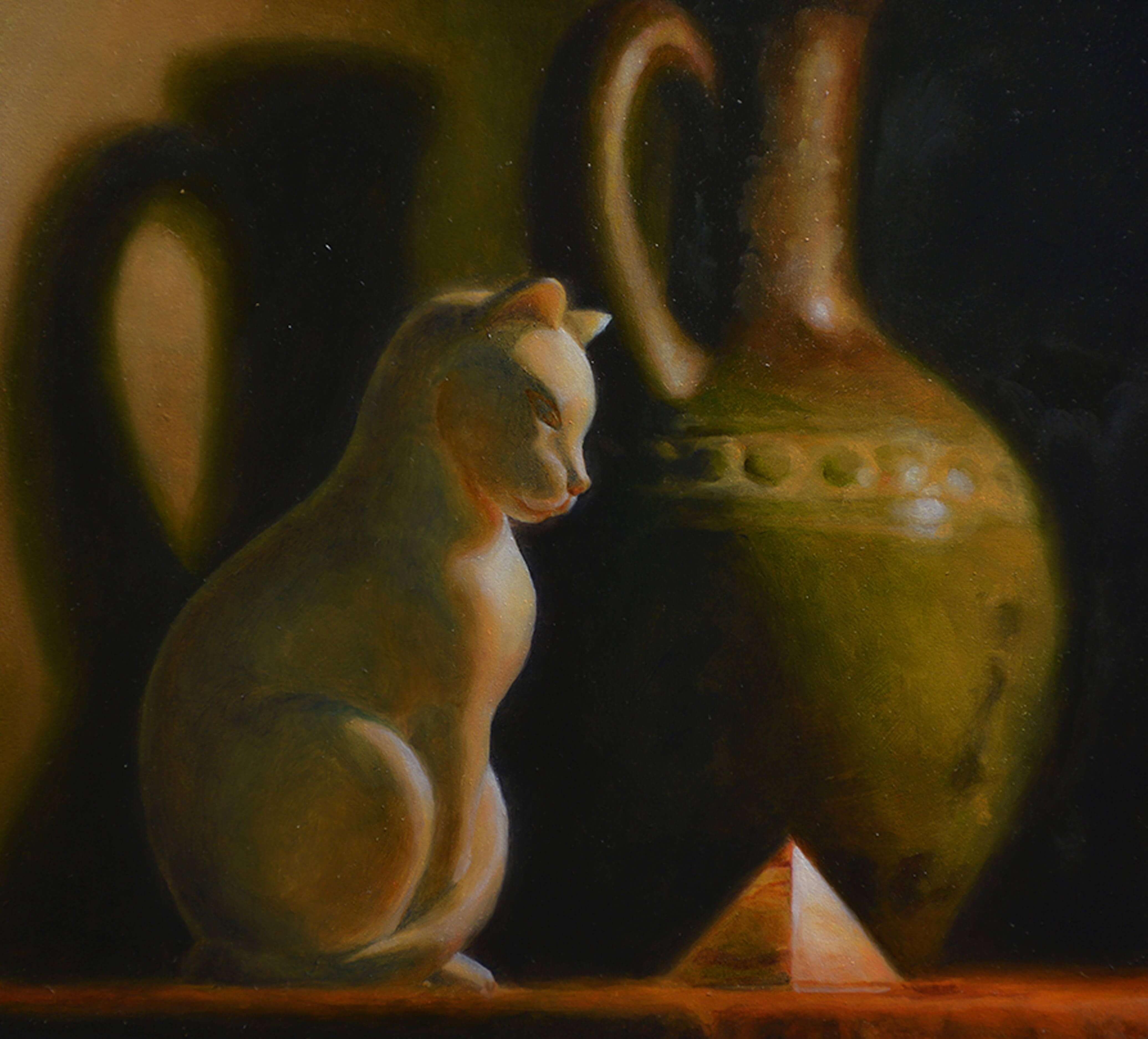
Learning with boundaries creates artists who, with strong foundations, are able to continue to grow and create powerful work. Painting by Iris Liu
Conclusion
Learning under rules and boundaries creates a strong foundation in artists. When these rules are taken away as a student progresses, the foundation remains.
Students can understand that rules function to support what they learn. Once the student understands and knows what they are doing, the rules can fall away because their foundations are shored up.
Rules are not necessary for painting. Rules are necessary for learning.


